Fast, Dependable Results when it Matters the Most
Denver Blog
Local tips, guides, and updates on environmental testing in Denver — including asbestos, mold, and lead. Stay informed and keep your property safe.
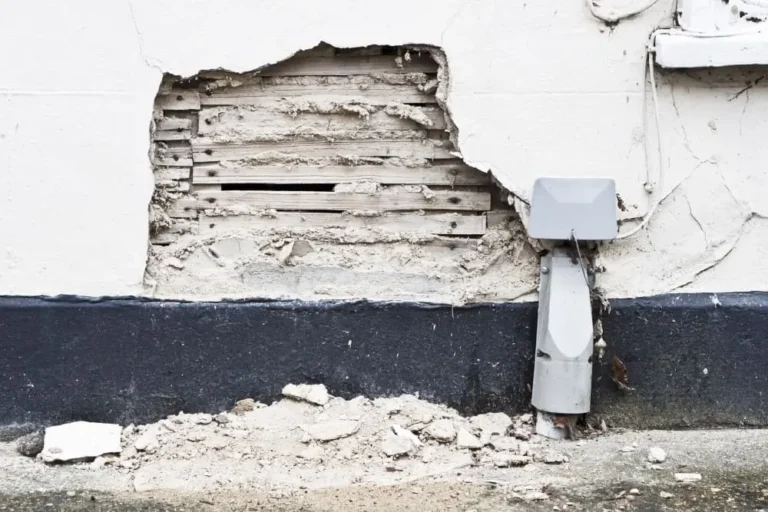
Asbestos in Walls & Plaster: What You Need to Know
Worried about asbestos in your plaster or drywall walls? If your Colorado home — especially in areas like Denver, CO — was built before 1985, there’s a high chance it contains hidden asbestos materials, particularly in plaster walls, cement boards,…
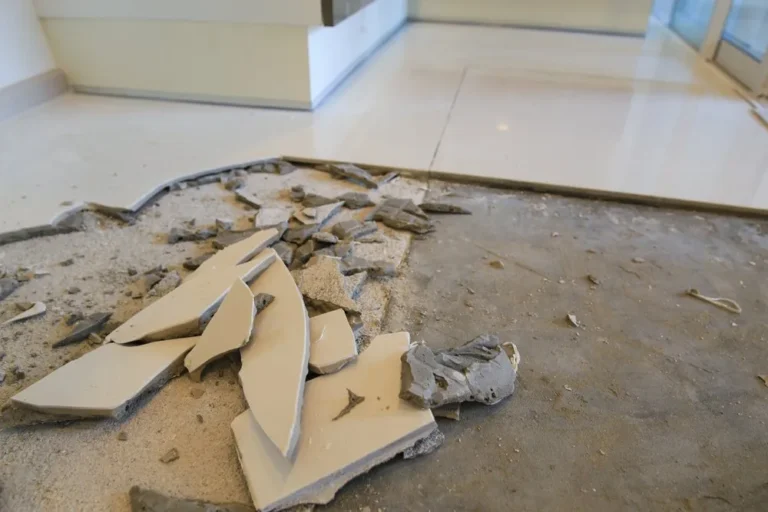
Asbestos Tile Removal: Test First for Safe Disposal
Asbestos was once a popular building material due to its durability and fire-resistant properties. However, it is now widely known that asbestos exposure poses serious health risks, including lung disease and cancer. If your home or commercial property in Denver…
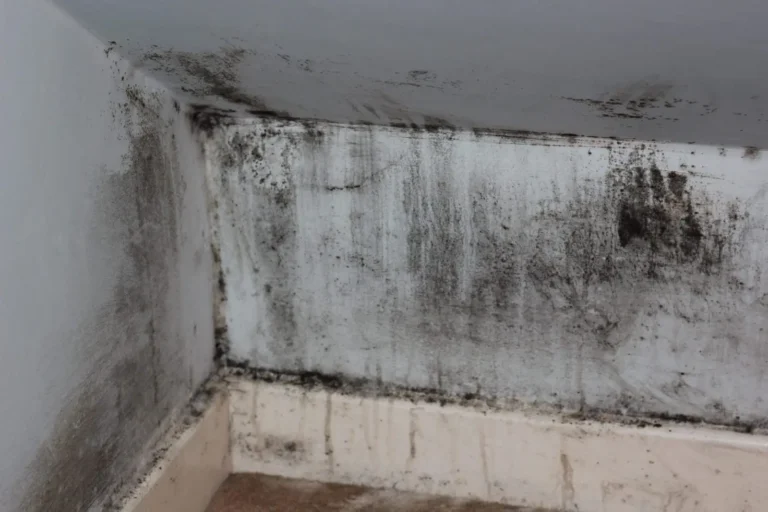
Mold in Basement: Removal & Prevention Guide
Discovering mold in your basement can be unsettling, and tackling the issue effectively is vital for your home’s health and your own. You’ve probably noticed a musty smell or seen those telltale black or green patches creeping along walls or floors. It’s important you…
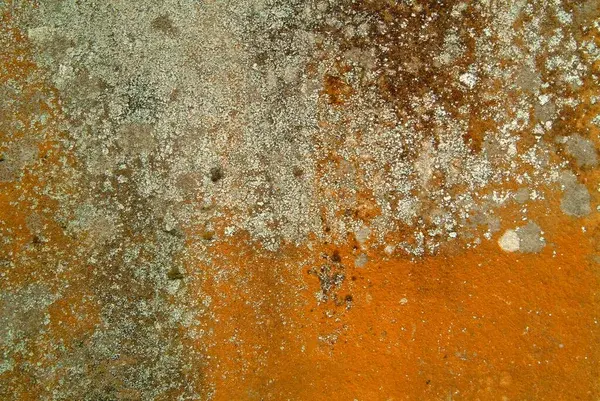
Orange Mold in 2025: Identification & Safe Removal
Orange mold appears as fuzzy patches with a distinct orange hue and gives off a musty, earthy smell. You’ll typically find it in damp, poorly-ventilated areas like bathrooms, basements, and kitchens. It’s often noticed around sinks, on shower tiles, and…
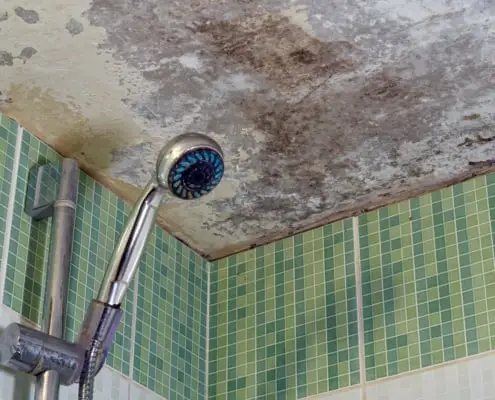
Bathroom Mold Removal: Safe Cleaning Tips
Did you know that over 70% of bathrooms harbor mold due to high humidity and moisture levels? You’ve likely spotted mold in corners or near the ceiling yourself and wondered how to tackle it safely. Here’s a quick guide: start by donning gloves, goggles,…
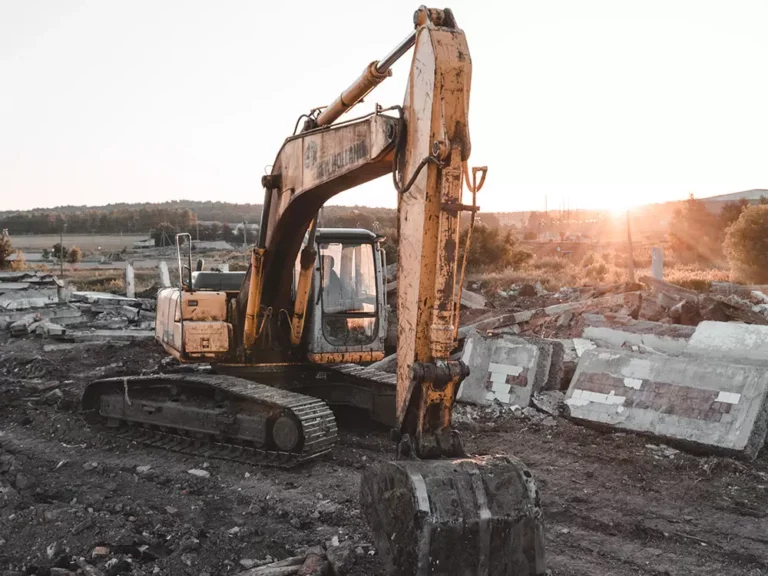
Demolition Prep: What to Know Before You Start
“I was sure the demolition would not have started until the end of the month,” I heard once from a customer who was astonished to see me tear apart a third layer of flooring in the kitchen. “I did not…
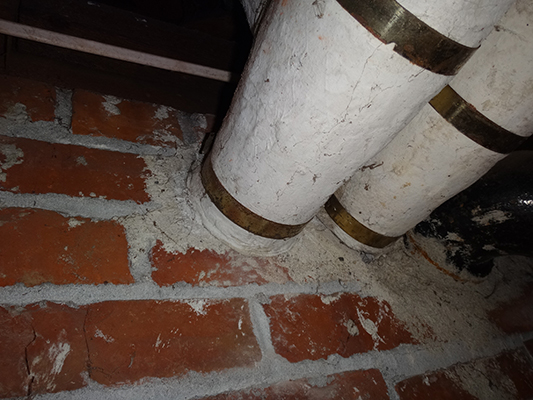
How to Identify Asbestos Pipe Insulation
Identifying asbestos insulation can be tricky because it looks similar to other non-asbestos materials. However, there are a few key signs to look for: 1. Visual Appearance 🔎 Color & Texture: 🔎 Common Forms: 2. Where to Look Asbestos pipe…
How to Test for Mold in Your House: Complete 2025 Guide
Mold is one of the most common hidden problems in homes across the United States. While a small patch in the shower may be harmless, mold growing behind walls, under carpets, or in air ducts can pose serious risks. It…
How to Test for Mold Exposure at Home: Complete 2025 Guide
Mold is more than just a household nuisance—it’s a living organism that can impact your health and your home’s safety. When mold grows indoors, spores can spread through the air and settle on surfaces, exposing you to allergens and, in…
How to Test for Black Mold: Complete 2025 Guide
Mold in general is a concern, but when people talk about black mold, the alarm bells really start ringing. Black mold, often referring to Stachybotrys chartarum, has earned its reputation because it produces mycotoxins that may cause health problems ranging…
How to Test for Mold: Complete 2025 Guide to Safe & Accurate Results
Mold is more than just a patch of discoloration on your wall or a musty odor in your basement. It’s a living organism, capable of spreading rapidly, damaging property, and creating serious health problems if left unchecked. Every year, thousands…
DIY Asbestos Test Kits vs Professional Testing: What You Need to Know
If your home was built before the 1980s, you’ve probably heard the warnings about asbestos. Once used in ceilings, flooring, insulation, and siding, asbestos is now recognized as a serious health hazard linked to mesothelioma, lung cancer, and asbestosis. Naturally,…
How Much Does Asbestos Testing Cost in 2025? Full Breakdown
Asbestos testing isn’t just another line item in your renovation budget—it’s a critical investment in your health and safety. Asbestos exposure is linked to life-threatening diseases, including mesothelioma and lung cancer. If your home or building was constructed before the…
Popcorn Ceiling Asbestos: How to Test Safely in 2025
Popcorn ceilings were all the rage in mid-20th century homes. Also called stucco ceilings or acoustic ceilings, they were cheap, easy to apply, and great at hiding imperfections. But if your home was built before the 1980s, that textured ceiling…
How to Test for Asbestos: Complete 2025 Guide
Asbestos was once praised as a miracle material. Strong, durable, fire-resistant, and cheap, it was used in homes, schools, and commercial buildings throughout most of the 20th century. But hidden behind those advantages is a deadly risk: exposure to asbestos…
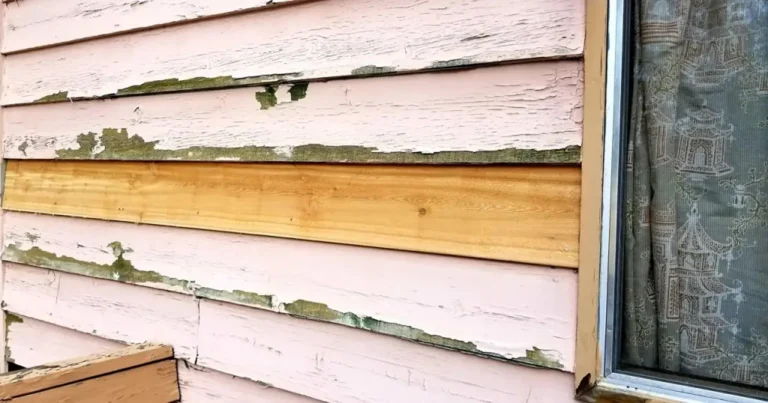
Asbestos Siding: What It Looks Like & How to Spot It
You can recognize asbestos siding by its fibrous texture, cement-like appearance, and typical colors ranging from gray to bluish-gray. Look for hues like white, yellow, green, brown, gold, or even black depending on the type. It often appears as cement…
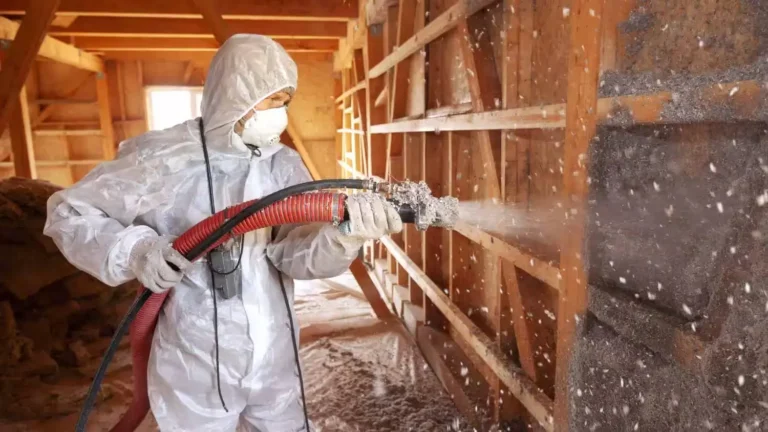
Asbestos Insulation: Identifying in Walls & Attics
Exploring the topic of identifying asbestos insulation in walls and attics, we uncover that approximately 80% of homes built before 1980 may contain asbestos materials. Understanding the potential risks posed by asbestos exposure is essential for safeguarding our well-being and…
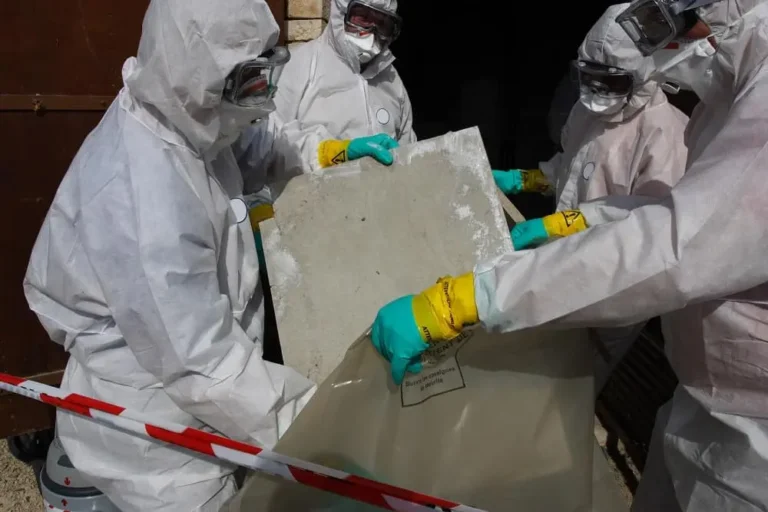
Why Asbestos Testing Costs Are Hard to Predict
Any renovation, whether big or small, inevitably brings trouble, expense, and plenty of stress. Even the simplest tasks often prove to be more complicated than originally expected. Unexpected developments, such as structural surprises or hidden issues, can quickly derail plans…
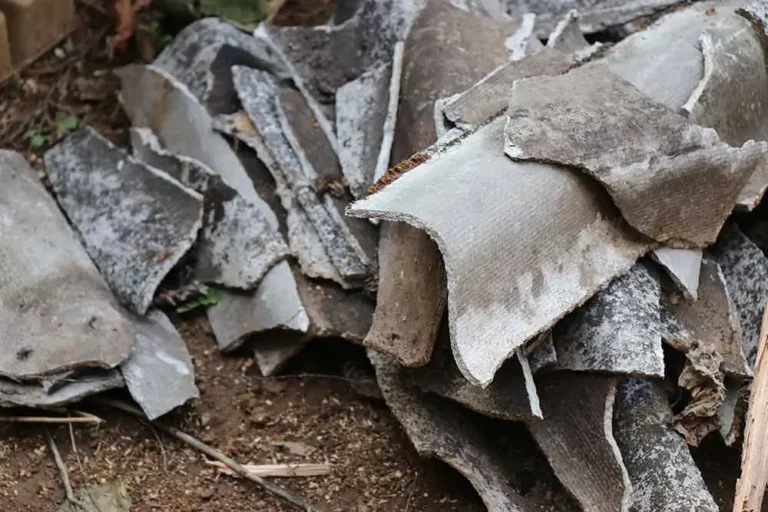
10 Asbestos Materials Still Found in Denver Homes
Asbestos was once hailed as a “miracle material” in construction — resistant to fire, water, and corrosion. But today, it’s a hidden danger in thousands of Denver properties. Homes built before 1988 often contain asbestos in floors, walls, ceilings, and…
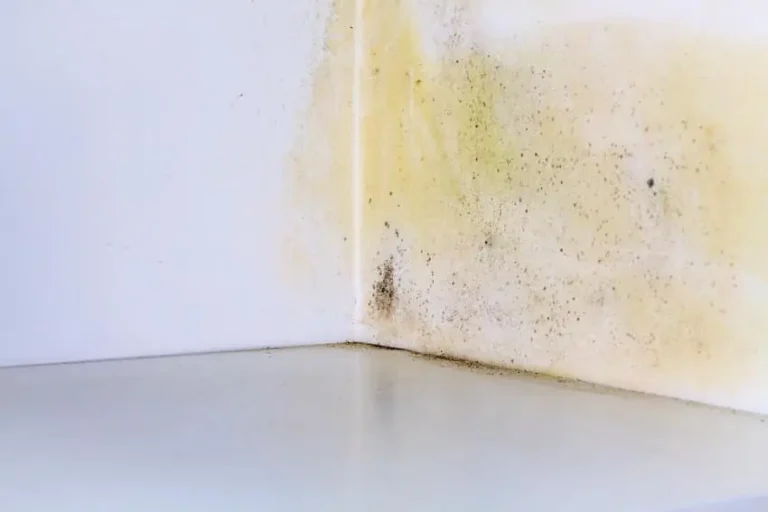
Yellow Mold: How to Identify & Remove It Safely
Yellow mold, known as Aspergillus flavus, flourishes in warm, humid settings. You’ll spot it by its yellowish-green or brown patches and musty odor, often in damp areas like bathrooms or basements—similar to where black mold might also grow.. With 2024’s…
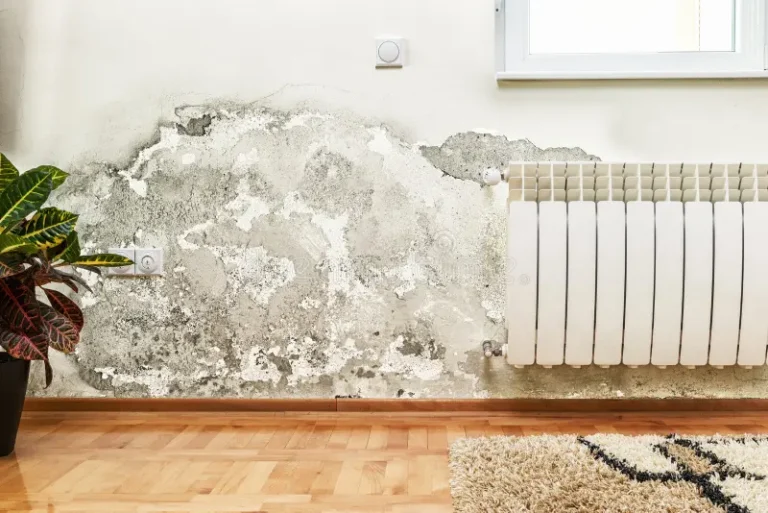
Mold in Denver Homes: Removal & Prevention Guide
If you’ve spotted unusual black, green, or yellow patches in your Denver basement, bathroom, or attic, you may be dealing with mold—a widespread concern for homeowners here. Denver’s climate, with its humid summers, snowy winters, and aging homes, creates perfect…
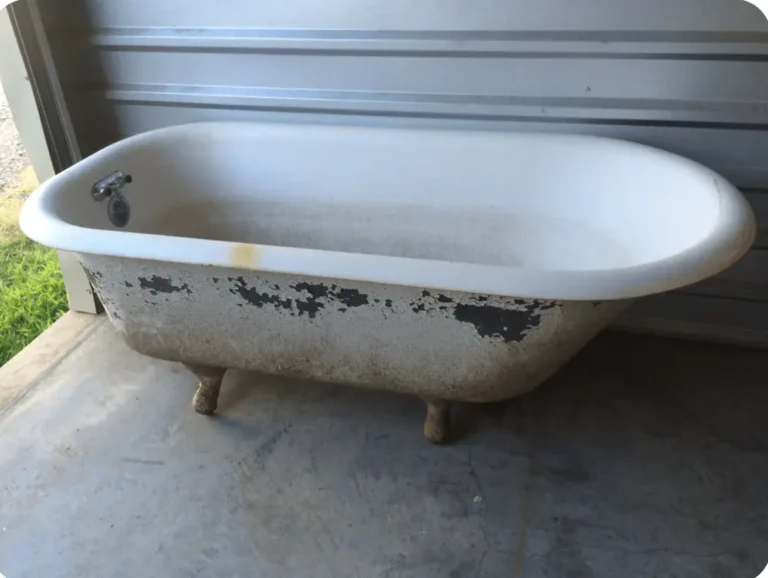
Lead Paint in Bathtubs: Hidden Health Dangers
Lead is a well-known health hazard in older buildings, especially for young children and pregnant women. But did you know that lead-based paint could also be lurking in your bathtub? If your bathtub was made before the 1980s, it may…
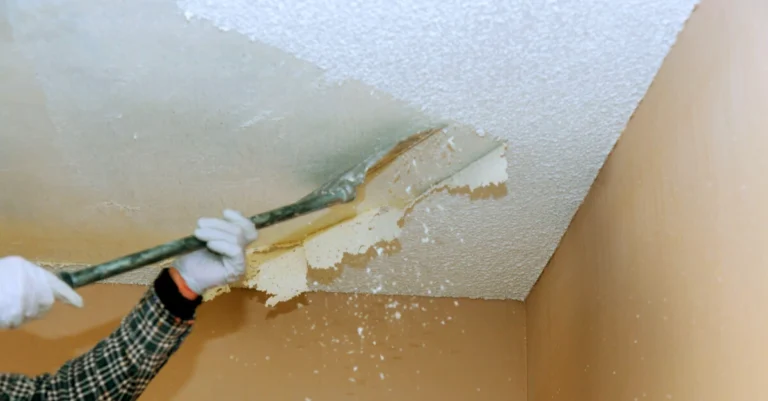
Popcorn Ceilings & Asbestos: How to Tell Safely
If your popcorn ceiling was installed before the 1980s, it probably contains asbestos. You can’t tell just by looking, since asbestos fibers are microscopic. Hire a licensed professional to collect and analyze a sample since DIY testing isn’t as accurate…
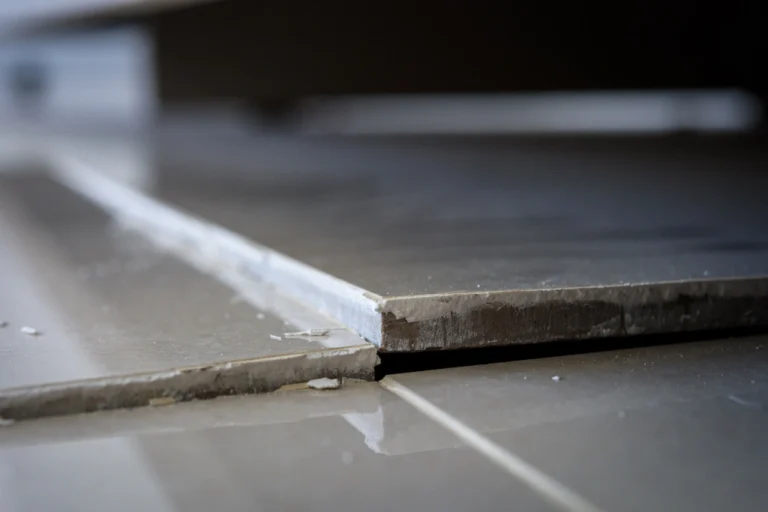
Asbestos Tiles Under Carpet: Safe Removal Guide
Replacing carpets can be an exciting venture to enhance the aesthetic and value of your home. You spend time selecting the right brand, perfect color, and best pile for your space. However, replacing carpet becomes a daunting task when asbestos…
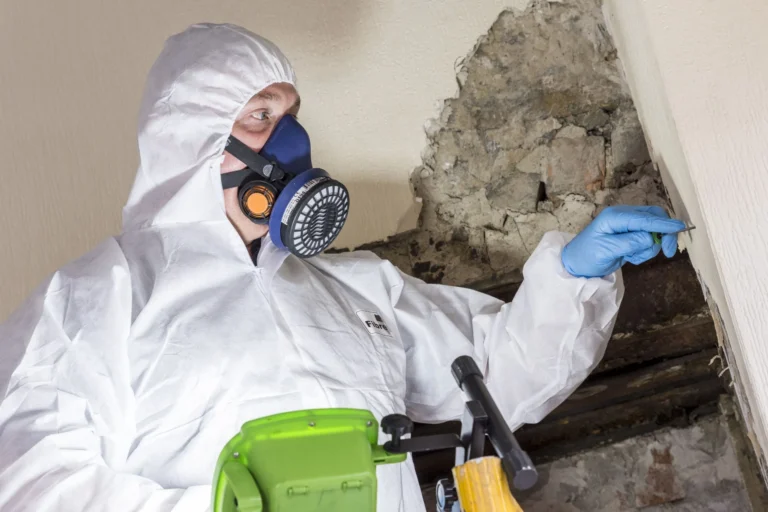
Cut Asbestos Removal Costs with Point Count Tests
Asbestos abatement is the process of removing asbestos-containing materials from renovated or demolished properties. This process is time-consuming, complex, and notably expensive. The costs include: Overall, the cost of asbestos removal can be estimated at $40 per square foot. For…

